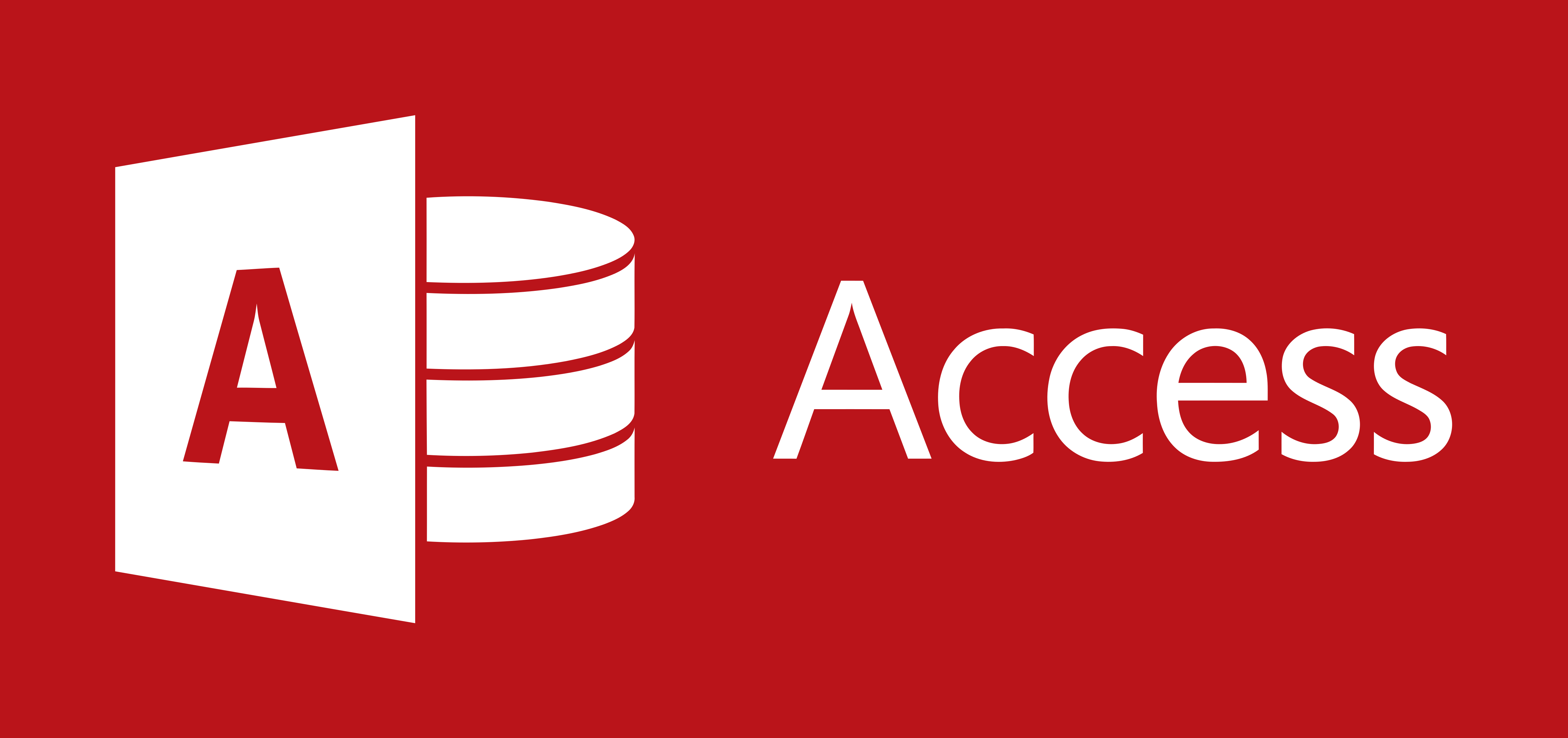VBA to Python: 3 Easy Steps

As an aspiring data enthusiast or developer, you might have stumbled upon the VBA (Visual Basic for Applications) programming language embedded in Microsoft Office applications. While VBA is a powerful tool for automating tasks within the Office suite, its limitations become apparent when you venture beyond basic automation or aim for more sophisticated programming projects. This is where Python steps in as a versatile and widely-used programming language, offering a seamless transition for VBA enthusiasts looking to expand their skills.
In this comprehensive guide, we will delve into the world of VBA to Python conversion, breaking down the process into three easy steps. By the end of this article, you'll have the knowledge and tools to embark on your Python journey, leveraging your VBA expertise to unlock a whole new world of coding possibilities.
Step 1: Understanding the Basics of VBA and Python

Before we dive into the conversion process, let’s briefly review the fundamentals of both VBA and Python to ensure we’re on the same page.
VBA: A Quick Recap
Visual Basic for Applications is a programming language developed by Microsoft, specifically designed for automating tasks within Microsoft Office applications like Excel, Word, and Access. VBA is an event-driven language, meaning it responds to user actions or events within the application. It allows users to write custom functions, create macros, and develop complex applications within the Office environment.
VBA has a simple syntax, making it relatively easy to learn for beginners. Its tight integration with Office applications makes it an efficient tool for automating repetitive tasks and creating custom solutions within the Office ecosystem.
Python: The Versatile Programming Language
Python, on the other hand, is a high-level, general-purpose programming language known for its simplicity, readability, and versatility. It has gained immense popularity due to its extensive libraries and frameworks, making it suitable for a wide range of applications, including web development, data analysis, machine learning, scientific computing, and more.
Python's syntax is clean and intuitive, allowing developers to express complex ideas with fewer lines of code compared to many other languages. Its dynamic typing and strong community support further contribute to its popularity and ease of use.
| Language | Features |
|---|---|
| VBA |
|
| Python |
|

Step 2: Identifying Similarities and Differences

When transitioning from VBA to Python, it’s crucial to understand the similarities and differences between the two languages. This awareness will help you navigate the conversion process more smoothly and efficiently.
Similarities
Both VBA and Python are high-level, interpreted languages, which means they are relatively easy to read and understand compared to low-level languages like C or Assembly. This similarity makes the transition from VBA to Python less daunting, as you’ll be working with familiar concepts and structures.
Additionally, both languages support object-oriented programming (OOP) concepts, allowing you to create reusable code through classes and objects. This shared feature provides a solid foundation for transitioning your VBA skills to Python.
Differences
While VBA and Python share some similarities, there are also notable differences that you should be aware of. Understanding these differences will help you adapt your VBA mindset to Python’s unique characteristics.
- Syntax and Semantics: VBA and Python have distinct syntax and semantics. VBA has a more procedural style, while Python emphasizes readability and simplicity. This difference will impact how you structure your code and express your logic.
- Scope and Flexibility: VBA is primarily used within the Microsoft Office environment, limiting its scope to these applications. Python, on the other hand, is a general-purpose language with a vast ecosystem of libraries and frameworks, offering far more flexibility and versatility.
- Community and Resources: Python boasts a large and active community, resulting in an abundance of resources, tutorials, and libraries. VBA, while supported by Microsoft, has a more limited community and resource pool compared to Python.
- Data Types and Handling: VBA has a more limited set of data types compared to Python. Python's dynamic typing and extensive data handling capabilities make it more versatile for various data-related tasks.
Step 3: Converting VBA to Python: A Practical Guide
Now that we’ve covered the basics and identified the similarities and differences between VBA and Python, let’s dive into the practical steps of converting your VBA code to Python.
Step 3.1: Analyze Your VBA Code
Before you begin the conversion process, take the time to thoroughly understand your VBA code. Identify the key functions, variables, and logic flow. Understanding the purpose and structure of your VBA code will make the transition to Python more seamless.
Consider the following when analyzing your VBA code:
- What tasks or calculations does your code perform?
- Are there any complex logic patterns or conditional statements?
- How are data types and variables handled?
- Are there any specific functions or macros that need to be translated to Python equivalents?
Step 3.2: Choose the Right Python Libraries
Python's strength lies in its vast collection of libraries and frameworks. These libraries provide pre-built functions and tools that can simplify your coding process and make your Python code more efficient. Depending on the nature of your VBA code, you'll need to choose the appropriate Python libraries to replicate its functionality.
For example, if your VBA code involves data manipulation and analysis, you might want to explore libraries like pandas and NumPy. If your code deals with Excel automation, you can utilize the openpyxl library. For web-related tasks, Python's requests library is a popular choice.
Step 3.3: Convert VBA to Python
With your VBA code analyzed and the necessary Python libraries identified, it’s time to start the conversion process. Here’s a step-by-step guide to help you through this stage:
- Translate Variables and Data Types: Start by translating your VBA variables and data types to their Python equivalents. Python has a more flexible and extensive set of data types, so you might need to adjust your data handling accordingly.
- Convert Functions and Logic: Identify the core functions and logic in your VBA code and translate them to Python. Python's syntax might differ, so pay attention to indentation and the use of brackets.
- Handle Object-Oriented Programming: If your VBA code utilizes OOP concepts, ensure you translate them correctly in Python. Python's OOP features are similar to VBA's, but there might be subtle differences in syntax and structure.
- Use Python Libraries: Leverage the Python libraries you identified in Step 3.2 to replicate the functionality of your VBA code. These libraries will provide the necessary tools to perform tasks like data manipulation, Excel automation, web scraping, and more.
- Debug and Test: Once you've converted your VBA code to Python, thoroughly test and debug your new Python script. Ensure it behaves as expected and produces the desired results.
Conclusion: Embrace the Power of Python
Transitioning from VBA to Python is an exciting journey that opens up a world of possibilities. By understanding the basics, identifying similarities and differences, and following the practical steps outlined in this guide, you can successfully convert your VBA code to Python, unlocking a more versatile and powerful programming language.
Python's extensive libraries, dynamic typing, and strong community support make it an ideal language for a wide range of projects. Whether you're automating tasks, analyzing data, or developing complex applications, Python's versatility will empower you to achieve your goals with ease and efficiency.
So, embrace the power of Python and continue exploring the vast world of programming! Your VBA expertise will serve as a solid foundation for your Python journey, and with time and practice, you'll become a proficient Python developer.
Can I convert my entire VBA project to Python at once?
+While it’s technically possible to attempt a bulk conversion, it’s generally more efficient and accurate to convert your VBA code piece by piece. Breaking down your project into smaller, manageable chunks allows for better control, easier debugging, and a smoother transition to Python.
Are there any online tools or converters for VBA to Python conversion?
+While there are online tools and converters available, it’s important to approach them with caution. These tools might not always produce accurate or efficient Python code. It’s often more reliable to manually convert your VBA code, ensuring a better understanding of the process and a higher-quality result.
What should I do if I encounter an error during the conversion process?
+Errors are a natural part of the coding process. If you encounter an error during conversion, start by thoroughly reading the error message and trying to understand the issue. You can also utilize Python’s extensive documentation, online forums, and stack overflow to seek solutions. Remember, debugging is a crucial skill in programming, and it gets easier with practice.
How can I improve my Python skills after converting my VBA code?
+Once you’ve successfully converted your VBA code to Python, you can take your Python skills to the next level by exploring more advanced concepts and libraries. Consider learning about data visualization with Matplotlib, machine learning with TensorFlow or scikit-learn, or web development with Django or Flask. There are endless possibilities with Python, and the more you explore, the better you’ll become.


